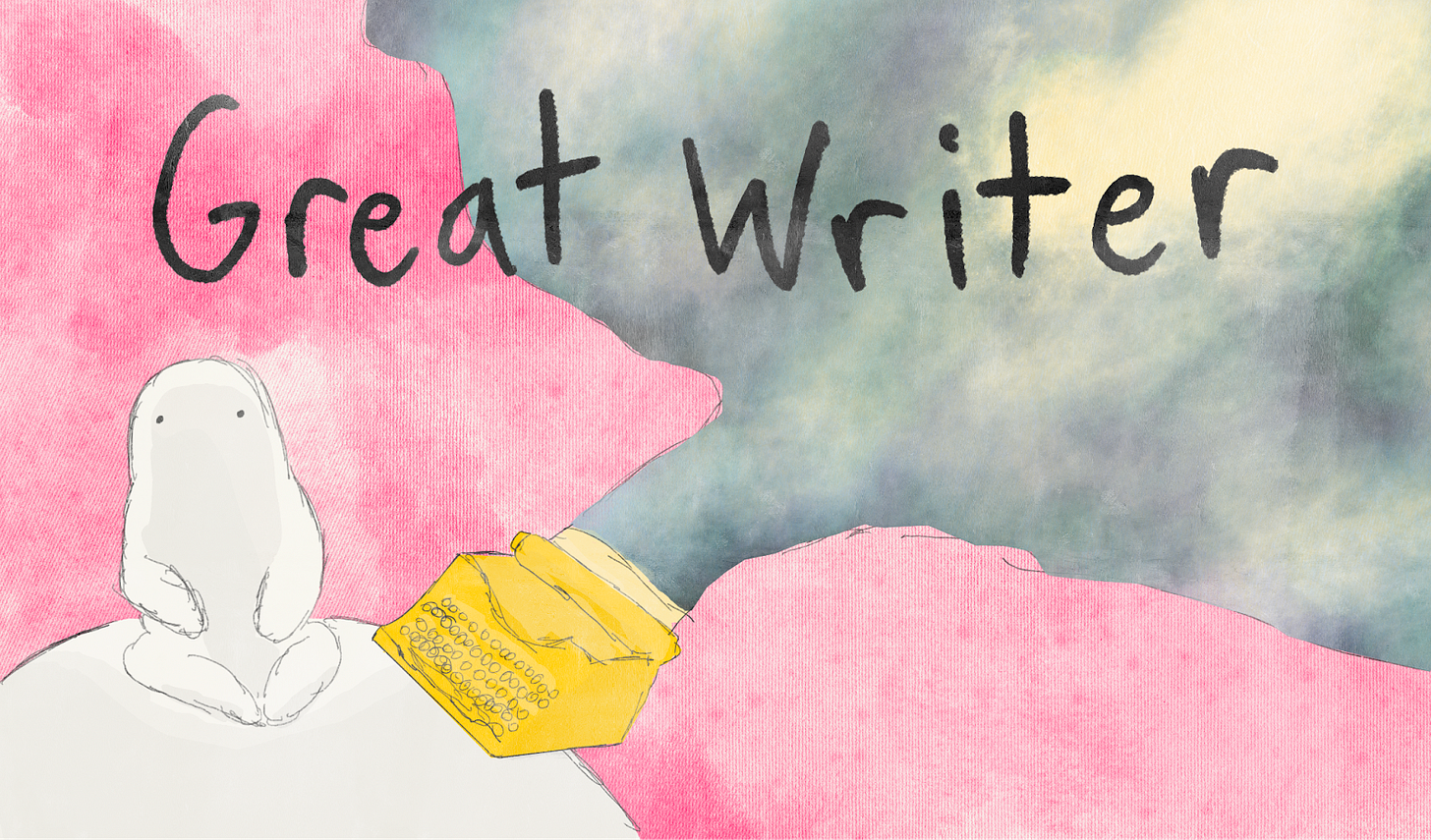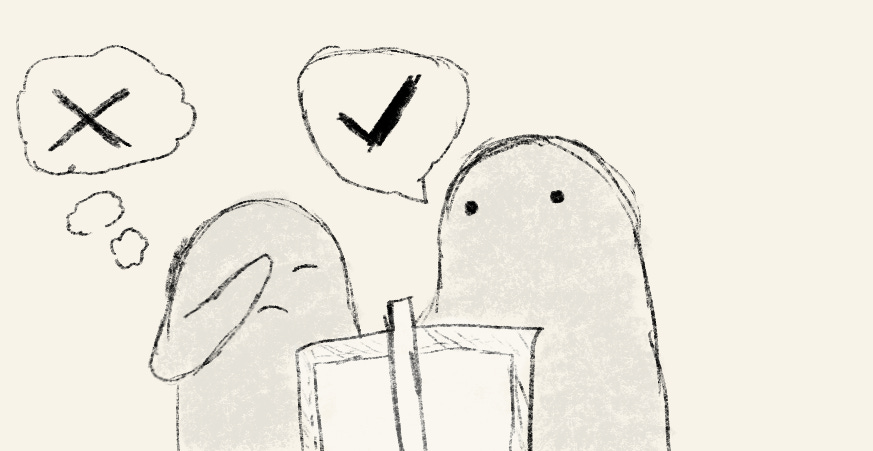7 pieces of writing advice that are so good, they’ll make you want to eat your hat.
You heard me right.
You’re reading I love words and you! If you enjoy the piece, please consider liking and sharing the post on the Substack site! Thank you for your time!
Important question for you, gang. You ever hear something so useful and profound it made you not only want to take your hat off in respect, but it filled you with the desire to just eat the damn thing so you could never put it back on your head ever again? Well, if not, there’s a first time for everything. We return then to a series called Jade’s Little Bastards — smaller, bastardized summaries of previous letters, where I share advice from my decade or so of writing professionally.
We’ll have some more essays coming in the next few weeks, but for now, hold onto your hats and turn on those burners because here are a few of my favorite writing philosophies and technical tips.
1. Go narrow to go broad.
In my years editing college students, I saw many personal essay writers abstract their unique experiences to the point of saying almost nothing. Instead of saying something specific like, “My partner left me at the altar on the anniversary of my father’s death,” they would say, “I went through a breakup.” Often, this was a misguided attempt to connect to more people, going on the logic of “since others haven’t been through this exact thing, I should appeal more broadly.” It’s one thing if you are uncomfortable broaching a traumatic topic. But it’s another to deny potential connection by thinking yourself unrelatable. Readers are smart. They don’t need to have experienced the exact same details to relate your story to their own. Getting specific is a better route to universality than keeping things vaguely relatable.
2. Work with an overflow document.
“Kill your darlings,” they say. Yes. Good. I agree. But with that, I usually write with at least two documents open: one main draft and one overflow document. Not every story can be about everything. It's good practice to prune away ideas that no longer feed the emerging soul of a story. But it makes the act of focusing a story easier when you know that you didn’t just obliterate your other interesting ideas. You can use those cut lines as seeds for other stories down the line.
3. Make your art less precious.
Fighting perfectionism is a long battle. One useful tool is to create mental frames that help you view your art as part of a larger whole. “I am making 100 stamps for this project, so it’s fine if a handful are just okay.” Or “This story is just one of many I’ll create in my artistic life; it doesn’t need to represent every single aspect of me.” Don’t give each keystroke the pressure of being a critical support beam to your magnum opus. Good enough work that you can share is better than never completed, perfect work dying in the dark.
4. Reinvent clichés.
Language naturally cycles over time, and certain metaphors that were once colorful descriptive language become commonplace and lose their evocative power. For example, the phrase loose cannon has utility in describing an unruly character. Still, it’s a common enough phrase that it doesn’t necessarily evoke a hunk of metal sloshing around and splintering wood. We skip the imagery and go right for the meaning. If you want to recapture that evocative power, extract the base idea from a cliché and seek imagery more attuned to your world and voice. Something feeling out of place doesn't need to be taking a fish out of water—it can be taking an armadillo to the Louvre.1
5. Vary your sentence length
This is the technical aspect of writing that I am perhaps most vigilant of when editing my work. If you want your writing to sound better than an instruction manual for the worst consumer product (electric can opener), then you must vary your sentence length. Writer Gary Provost said it best with this quote:
6. Look for points of drift
When whatever we’re reading becomes dull, we may catch ourselves putting our book down or changing tabs. When reading through my work during an edit, I note the second I feel my eyes lift from the page. If any boredom crosses my heart, I mark that point and return to it after the read-through. This has to be balanced with our innate sense of self-criticism and over-exposure to our work during editing. But all the same, it is a good sensor to utilize for identifying problem areas in a text.
7. Unify or charge through pronoun usage.
I got my start in political speech writing. When I finished a speech, I would always comb through and analyze pronoun usage. There’s more to it, but as a rule of thumb, use first-person pronouns (I, me, myself) when trying to establish credibility, relatability, or when taking responsibility. Use second-person pronouns (you, yours) to imbue an emotional or actionable charge to the recipient. And use plural pronouns (we, our) to tie your fate to the audience.
That’s all for today, gang. If you liked the piece, consider subscribing or leaving a tip with the button below! Posts on Thursdays.
The “armadillo at the Louvre” line is courtesy of my dear friend, the talented, Chloe Bertrand.














to this day, when facing a new word doc, i whisper “the tyranny of the blank page”(which i believe you said over 6 years ago) and i start writing. that is to say, your writing advice rocks. thanks forever jade<3
saving this forever ~